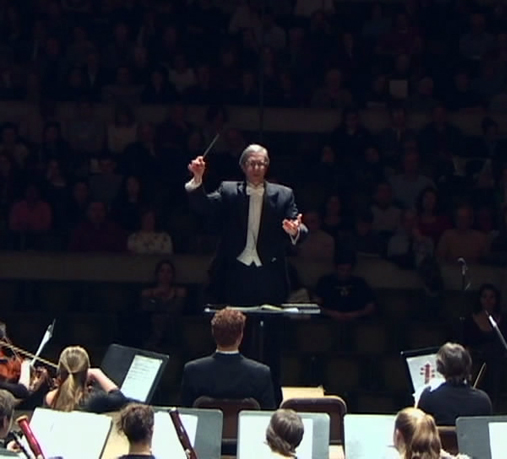
For as long as musicians have conducted ensembles, and probably before they were called "conductors" or wielded batons, they learned how to lead by doing. The organist or keyboard player led the choir and/or instruments from the keyboard, the first violinist or primary singer from their place in the ensemble. (We have a vivid description of J.S. Bach's energetic directorial style.) It is only in the past 50 or so years that conducting classes began to be offered, and textbooks written for use in them.
This development, especially in undergraduate curricula, has led to some problems. The emphasis has shifted from what conductors know to how they look, and from gestures that arise out of musical ideas to standardized 'beat patterns.' All of this results in an over-simplification of the complex dynamics of ensemble leading. The stress on appearance has also lessened time spent on learning rehearsal skills (where the most leadership is exercised). For more, please download an abstract above.